The Green Man
Who or what is the Green Man? Why is this pagan figure found in so many churches and cathedrals? Is it a reminder that we all come from the earth and will one day return? Is it a symbol of fertility? Storyteller Lesley Melville sees the Green Man concept as an energetic life force, in tune with the earth and regeneration.
We can explore the folklore of The Green Man, investigating its relevance in the modern world. How can we use symbols and stories to explore our relationship to nature, promote care of the environment, and encourage sustainable use of resources?
The theme of the Green Man can be used as inspiration for a wide range of curriculum activities, from environmental art to religious education. It is an interesting part of our cultural heritage and provides a great trigger for worthwhile debates.
Allusions to the Green Man are often discreet, debateable, and unnoticed. It is therefore a great pleasure to find an image or reference to the Green Man and discuss its provenance, meaning, and cultural significance. You can find images of the Green Man in several places in Cumbria:
Cartmel Priory: carved into 15th century misericords
Brougham Castle: stone carving on the main tower
Carlisle Cathedral: carvings on the 14th century capitals in the choir
Crosthwaite Parish Church, Keswick: carved into the 14th century font
What are the different kinds of environments in the Lake District? What is a sustainable relationship with the environment? What is sustainable development?
The topic of sustainability links urban and natural themes, but the mythology of the Green Man takes you back to a time when there was little distinction between the urban and the natural.
Sample activities
- Visit Crosthwaite Church and find the Green Man carving on the font.
- Research Green Man folklore and share your findings in storytelling sessions.
- Use natural materials to make your own image of the Green Man.
- Walk through the temperate rainforests of Borrowdale and learn about their flora and fauna.
- Make charcoal in the grounds of the hostel and then use it for writing and drawing.
- Investigate some of our modern relationships with the environment through a talk/workshop by local Environment Agency workers.
-
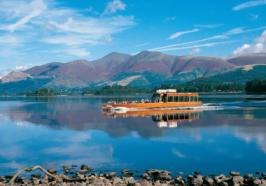 Group trips on the Keswick Launch
Group trips on the Keswick Launch -
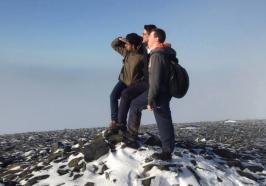 Birmingham University Wilderness Medicine Students
Birmingham University Wilderness Medicine Students -
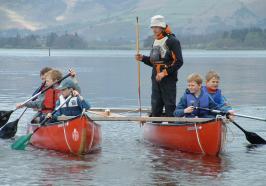 Working together on Derwent Water
Working together on Derwent Water -
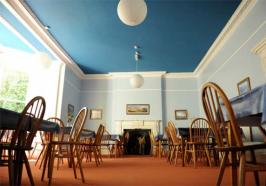 Dining room
Dining room -
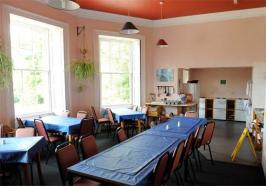 Self catering kitchen
Self catering kitchen -
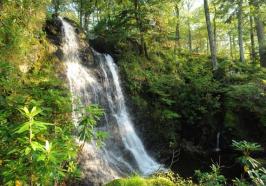 Barrow Cascade: the waterfall in our grounds
Barrow Cascade: the waterfall in our grounds -
-
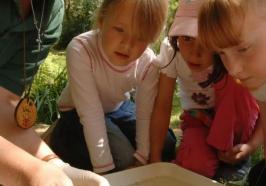 Classrooms in the forest
Classrooms in the forest -
 Pond-dipping
Pond-dipping -
Working together
-
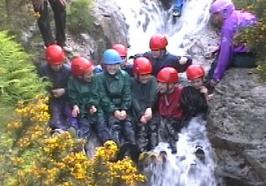 Gorge scrambling
Gorge scrambling -
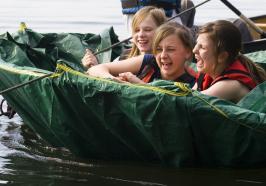 Raft building (and floating!)
Raft building (and floating!) -
.jpg) Be a Viking for a day!
Be a Viking for a day! -
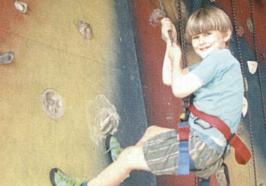 Indoor climbing
Indoor climbing -
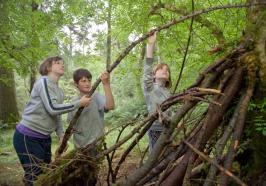 Shelter-building
Shelter-building


